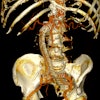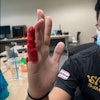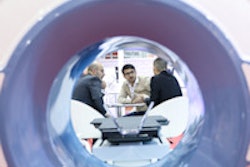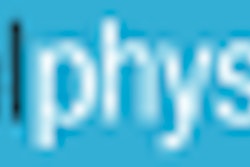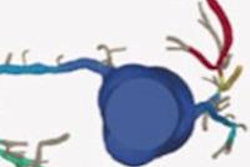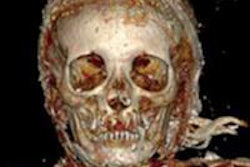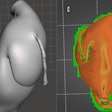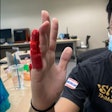Dear Advanced Visualization Insider,
Easily one of the most useful potential tools in CT lung cancer screening would be an automated technique for comparing current scans to prior studies, one that would point out relevant changes in lung tissue that could suggest the development of cancer.
Researchers from the Netherlands have created such an algorithm, and found that it identifies most of the relevant changes in lungs between annual screenings. Learn how they did it by clicking here.
Speaking of lung cancer screening, radiologists learned some time ago that coronary artery calcium (CAC) scoring can still be useful without the benefit of ECG gating -- and that lung cancer screening is an excellent opportunity to check for coronary artery calcium, which turns out to kill as many screening subjects as lung cancer itself.
But the CAC reads take time, which is why the use of automated software makes sense for large screening programs, according to researchers from University Medical Center Utrecht in the Netherlands. The investigators pushed their luck by applying an automated CAC scoring algorithm originally used in Europe to a lung cancer screening trial in North America without any modification or additional training of the algorithm.
How did the system perform in a completely different population? Get the rest of the story here.
In image guidance, results are in on the first commercially available image-guided radiotherapy system. Four institutions have now tested the cobalt-60-based system to see how the MRI-based guidance technique can help aim the beam more precisely by integrating two separate observation points, reducing overall dose and avoiding the treatment of healthy tissue.
Yet another study by Dutch CAD researchers is helping clinicians who want to identify screening subjects who would benefit most from additional breast cancer screening because of dense breasts.
The best way to do it, they said at the recent RSNA 2015 meeting in Chicago, is to develop novel breast density patterns and use an automated breast density mapping technique to see which ones are associated with new breast cancer lesions. Look here for the intriguing results of their study.
We invite you to scroll through the links below for the rest of the news about 3D, CAD, and advanced visualization in Europe, here in your Advanced Visualization Community. Happy 2016!

